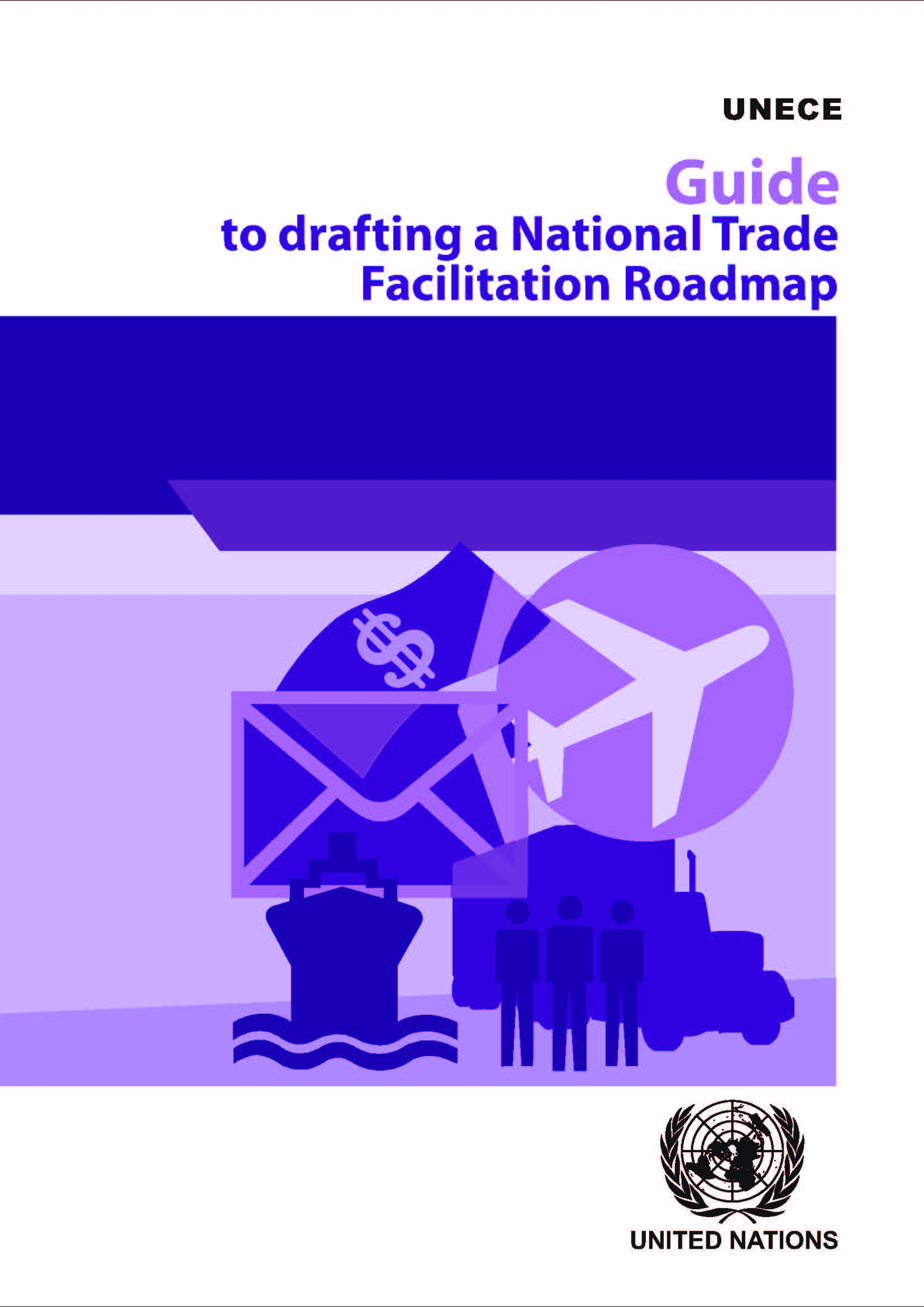 Guide to Drafting a National Trade Facilitation Roadmap
Guide to Drafting a National Trade Facilitation RoadmapIn recent years, trade facilitation (TF) has been recognized as a key factor in trade and economic development policy. This is due to the realization that trade facilitation can generate major benefits for the economy in terms of competitiveness and efficiency and can greatly enhance the participation of developing and transition economies in the global economy.
Discussions on trade facilitation at the WTO and other international fora have greatly helped this process, bringing the issue to the highest level of political decision-making. Indeed, with trade facilitation on national political agendas, many countries are now faced with the challenge of translating this broad concept into specific implementation strategies that can achieve the expected results and economic benefits.
Effective trade facilitation involves a total trade transaction approach across the entire supply chain. This broader approach requires careful planning and collaboration across a wide number of government agencies and must be undertaken in close collaboration with the private sector. UNECE recommends that this be done in a strategic planning framework that includes the development of an agreed National Trade Facilitation Roadmap.
This trade facilitation strategy provides the framework for a national trade facilitation reform programme over a period of three to five years. It defines the scope of trade facilitation, as this is a horizontal subject that affects several policies. Thus, it indicates what the trade facilitation reform wants to achieve, what activities will be carried out and by whom, and how the progress of implementation will be measured. The document that describes the national trade facilitation strategy and programme is, hereafter, referred to as the “National Trade Facilitation Roadmap”.
This Guide describes the components of a National Trade Facilitation Roadmap and how such a document can be drafted in a country. It goes beyond existing TF planning tools and more generic strategic planning frameworks by providing a more tailor-made methodology, a document structure and lessons learned from TF experts around the world.
Please follow the link to download the Guide in English (ECE/TRADE/420).
This Publication is available in French, Russian and Arabic (unofficial translation).